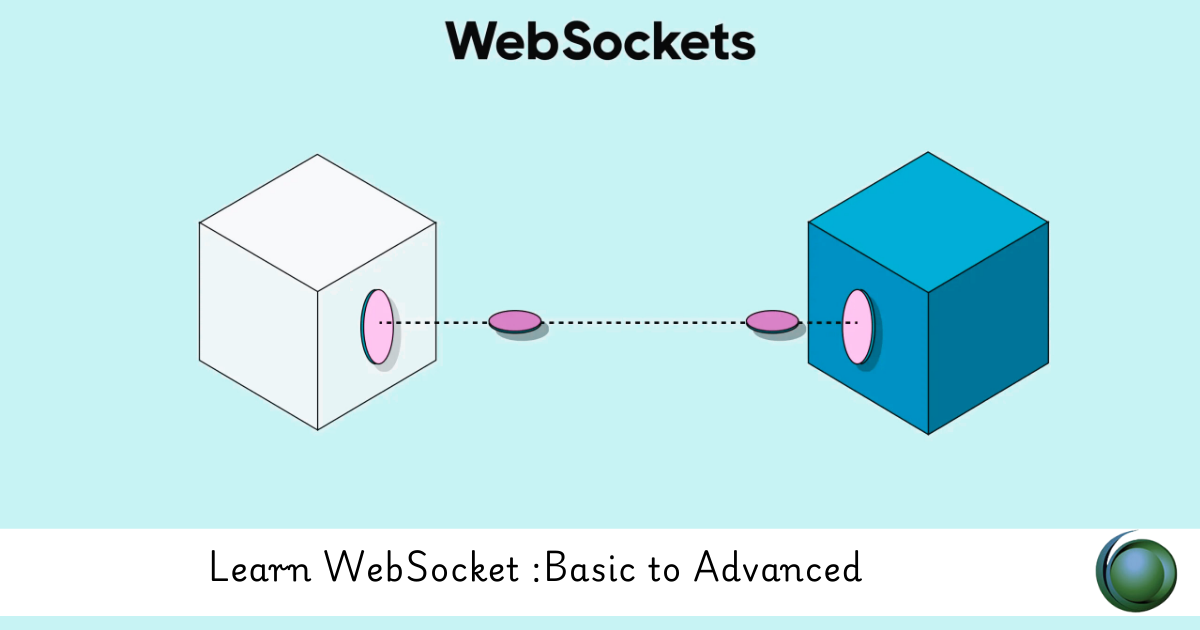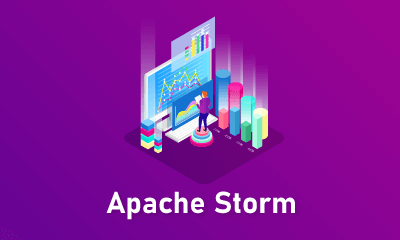Table of contents
1: Quick Start
1.1 Getting Node and npm
1.2 Installing on Windows
1.3 Installing on OS X
1.4 Installing on Linux
1.5 Hello, World! Example
1.6 Why WebSocket?
2: WebSocket API
2.1 Stock Example UI
2.2 WebSocket Events
2.2.1 Event: Open
2.2.2 Event: Message
2.2.3 Event: Error
2.2.4 Event: PING/PONG
2.2.5 Event: Close
2.3 WebSocket Methods
2.3.1 Method: Send
2.3.2 Method: Close
2.4 WebSocket Attributes
2.4.1 Attribute: ready State
2.4.2 Attribute: buffered Amount
2.4.3 Attribute: protocol
2.5 Stock Example Server
2.6 Testing for WebSocket Support
2.7 Initializing
3: Bidirectional Chat
3.1 Long Polling
3.2 Writing a Basic Chat Application
3.2.1 WebSocket Client
3.2.2 Client Identity
3.2.3 Events and Notifications
3.2.4 The Server
3.2.5 The Client
4: STOMP over WebSocket
4.1 Implementing STOMP
4.2 Getting Connected
4.3 Connecting via the Server
4.4 Setting Up RabbitMQ
4.5 Connecting the Server to RabbitMQ
4.6 The Stock Price Daemon
4.7 Processing STOMP Requests
4.7.1 Client
4.7.2 Using RabbitMQ with Web-Stomp
4.7.3 STOMP Client for Web and Node.js
4.7.4 Installing the Web-Stomp Plug-in
4.7.5 Echo Client for Web-Stomp
5: WebSocket Compatibility
5.1 Sock JS
5.1.1 Sock JS Chat Server
5.1.2 Sock JS Chat Client
5.2 Socket.IO
5.2.1 Adobe Flash Socket
5.2.2 Connecting
5.2.3 Socket.IO Chat Server
5.2.4 Socket.IO Chat Client
5.3 Pusher.com
5.3.1 Channels
5.3.2 Events
5.3.3 Pusher Chat Server
5.3.4 Pusher Chat Client
6: WebSocket Security
6.1 TLS and WebSocket
6.2 Generating a Self-Signed Certificate
6.2.1 Installing on Windows
6.2.2 Installing on OS X
6.2.3 Installing on Linux
6.3 Setting up WebSocket over TLS
6.3.1 WebSocket Server over TLS Example
6.4 Origin-Based Security Model
6.5 Clickjacking
6.5.1 X-Frame-Options for Frame Busting
6.6 Denial of Service
6.7 Frame Masking
6.8 Validating Clients
6.9 Setting Up Dependencies and Inits
6.10 Listening for Web Requests
6.11 WebSocket Server
7: Debugging and Tools
7.1 The Handshake
7.2 The Server
7.3 The Client
7.4 Download and Configure ZAP
7.5 WebSocket Secure to the Rescue
7.6 Validating the Handshake
7.7 Inspecting Frames
7.8 Masked Payloads
7.9 Closing Connection
8: WebSocket Protocol
8.1 WebSocket Open Handshake
8.2 Sec-WebSocket-Key and Sec-WebSocket-Accept
8.3 WebSocket HTTP Headers
8.4 WebSocket Frame
8.4.1 Fin Bit
8.4.2 Frame Opcodes
8.4.3 Masking
8.4.4 Length
8.4.5 Fragmentation
8.5 WebSocket Close Handshake
8.6 WebSocket Subprotocols
8.7 WebSocket Extensions
8.8 Alternate Server Implementations
This Learn WebSocket comprehensive course equips you with the essential skills to effectively implement and manage to Learn WebSocket applications. By understanding the underlying protocols and security measures, you can build robust real-time communication solutions for various use cases.
If you are looking for customized info, Please contact us here
Reference |







Reviews
There are no reviews yet.